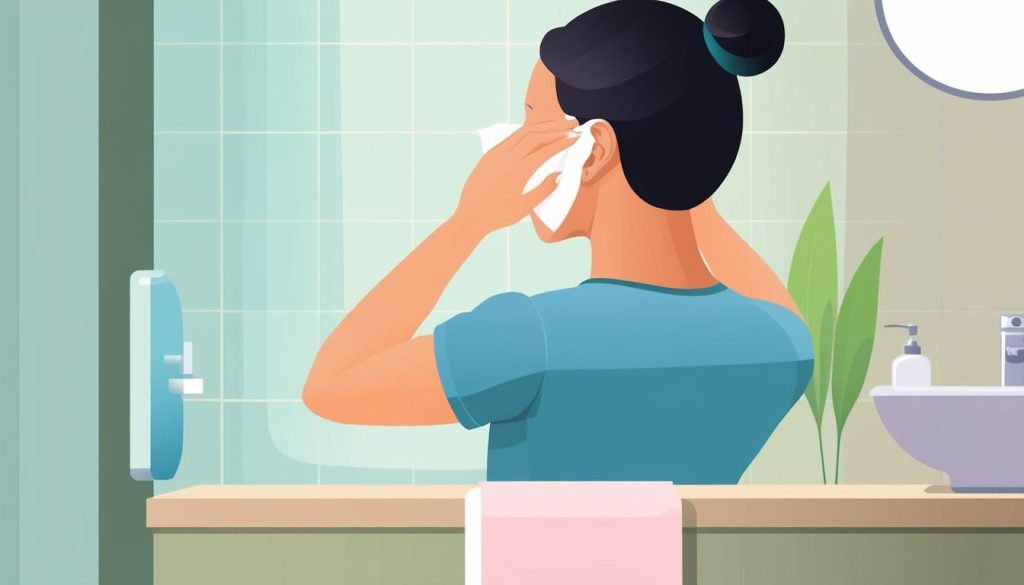**London**: Proper ear hygiene plays a crucial role in preventing infections and promoting overall auditory health. This article highlights essential practices, common pitfalls in ear cleaning, and the importance of early intervention for symptoms, along with preventive strategies to maintain ear well-being.
Ears play a vital role in human functionality, serving as critical organs for both communication and balance. Despite their importance, ear hygiene often does not receive the attention it merits, leading to potential discomfort and increased risks of ear infections. A proactive approach to ear care can significantly alleviate common issues and promote auditory well-being.
The maintenance of ear hygiene is essential in averting complications, including infections. Ears possess a self-cleaning mechanism, naturally expelling wax and dirt. However, external factors, such as environmental pollutants and excessive moisture, can introduce harmful bacteria. A study published by the American Academy of Otolaryngology highlights that around 30 million individuals in the U.S. are affected by ear infections each year, resulting in symptoms ranging from pain and swelling to potential hearing loss. To counter this risk, individuals are encouraged to establish a regular cleaning routine that avoids invasive methods. Basic practices include using a damp cloth to clean the outer ear and refraining from inserting objects into the ear canal. Professionals advise seeking medical attention promptly if any discomfort or signs of infection arise, as early intervention can prevent further complications.
Missteps in ear cleaning practices contribute significantly to the emergence of ear problems. One commonly observed error is the use of cotton swabs, which can inadvertently push wax deeper into the ear canal, leading to blockages and infections. Furthermore, individuals may resort to using improvised tools, such as hairpins, which carry the risk of damaging the eardrum. Consequently, experts recommend safer alternatives such as ear drops specifically designed to soften earwax, allowing it to exit naturally. Should issues with earwax accumulation arise, it is advisable to consult a healthcare professional for safe removal, as regular check-ups can help maintain ear health without resorting to self-cleaning hazards.
Effective ear cleaning involves a straightforward regimen of external cleaning, with deeper cleaning reserved for occasional necessity. Users should begin by gently wiping the outer ear with a soft cloth, while avoiding the insertion of any objects into the ear canal. Those who typically produce excessive earwax may find it beneficial to consult an ear care professional. Many individuals also opt for ear drops designated for wax removal, often deemed safe when employed appropriately. Resources, such as TheHearingHub, provide expert advice and practical tips concerning ear health, assisting individuals in maintaining optimal conditions for their ears and preventing future complications.
Early identification of ear infections is crucial for effective treatment. Symptoms often include ear pain, fluid drainage, and a sensation of fullness or pressure. Young children may present additional signs, such as irritability or sleep disturbances. Should any of these symptoms manifest, individuals are urged to consult a healthcare professional, as timely intervention can avert more severe issues and ensure quicker relief.
Preventing ear infections remains paramount, with several strategies proving effective. Consistently practising proper ear hygiene is a foundational measure, coupled with protective measures against water exposure, such as the use of earplugs while swimming or bathing. Additionally, managing allergies and colds can lower infection risks, given that nasal congestion may lead to fluid accumulation in the ears. Another considerable preventive tactic is to avoid exposure to secondhand smoke, with research from the CDC indicating that children exposed to such smoke are 50% more likely to develop ear infections. Creating a smoke-free atmosphere is, therefore, a significant contributor to ear health.
Seeking medical attention after persistent ear infection symptoms is vital, especially if accompanied by fever or severe pain. Healthcare professionals may prescribe antibiotics or suggest other treatment options relevant to the condition’s severity. In certain instances, ongoing infections may warrant further investigation to exclude underlying problems.
In conclusion, adherence to proper ear hygiene practices is pivotal in preventing infections and fostering overall auditory health. By avoiding common pitfalls, incorporating a structured cleaning regime, and remaining vigilant about infection symptoms, individuals can effectively protect their ears. A balanced diet, coupled with routine medical check-ups, further ensures an optimal environment for ear health, contributing to a more comfortable lifestyle.
Source: Noah Wire Services

